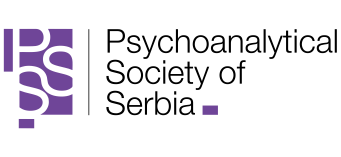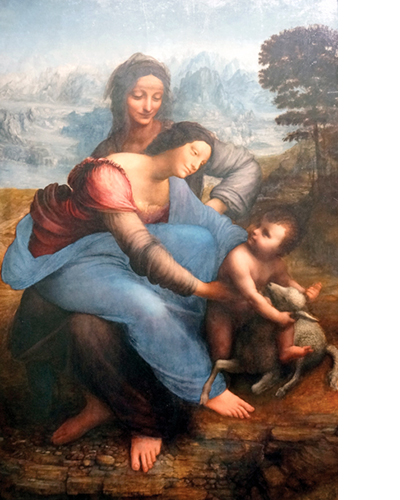Sigmund Freud: “Leonardo da Vinci, a Memory of His Childhood” – Art on the Psychoanalytic Couch
On Friday, November 27, from 7 p.m, in the Large Hall of the Belgrade City Library, the Psychoanalytical Society of Serbia (PSS) is launching a cycle of lectures and panel discussions “Sigmund Freud and Leonardo da Vinci: a Meeting of Psychoanalysis and Art” with the first lecture:
Sigmund Freud: “Leonardo da Vinci, a Memory of His Childhood” – Art on the Psychoanalytic Couch
At the age of 53, Leonardo da Vinci, then fascinated by the flight of birds and his attempts at constructing a mechanism that would make his persistent dream of flying come true, wrote a tractate about flying (one of the many texts, studies and sketches now put together in a collection of documents named Codex Atlanticus). Engaging in the calculations of the birds’ flight dynamics, that was to be imitated, he interrupted his train of thoughts for a moment and wrote down – almost in the margin – his first memory from the early childhood:
“…It seems to me that I was destined long time ago to thoroughly deal with a vulture, as a very early memory comes to my mind, while I was still lying in a cradle, a vulture flew straight towards me, opened my mouth with its tail and repeatedly slapped me on my lips with it…“ (Questo scriver si distintamente del nibbio par che sia mio destino, perchè nella prima ricordazione della mia infanzia e mi parea che, essendo io in culla, un nibbio venissi a me e mi aprissi la bocca colla sua coda e molte volte mi percotessi con tal coda dentro le labbra. (Codex Atlanticus, folio 186v))
A replica of the collection of documents Codex Atlanticus – a book-shaped box
A replica of the collection of documents Codex Atlanticus – a book-shaped box
Based on this memory and a small set of Leonardo’s seemingly trivial and incidental notes, Freud will try to apply psychoanalytic research to someone who is not a neurotic but a person to this day considered one of the greatest minds of civilization.
The first issue of Freud’s text “Leonardo da Vinci, a Memory of His Childhood” from 1910.
„“…Der Leonardo, das einzig Schöne, das ich je geschrieben, bereitet sich jetzt zur zweiten Auflage“ (….Leonardo, that is the only wonderful thing I have ever written…..” Freud, a letter to Lu Andreas-Salome of 9 February 1919).
One can well say for the Freud’s study on Leonardo that it is, in a way, one of the turning points on the long path of the development of psychoanalysis, after which nothing could be the same. Often reprimanded for dealing only with the psychopathological, “the lowest” in a man, Freud put on his couch one of the most creative – and most mysterious – minds of civilization.
How did the creator of psychoanalysis bridge five centuries that separated him and his “patient”, and what conclusions did he reach? How relevant are they today and what could be said more than a hundred years after the publication of Freud’s study about the study itself, his brilliant “patient” and the problems of the struggle between the creative and the destructive in a modern man?
Lecturer: Aleksandar Kontić, a psychoanalyst of the Psychoanalytical Society of Serbia
Keynote address: Jasminka Šuljagić, a training psychoanalyst of the Psychoanalytical Society of Serbia
Leonardo da Vinci: The Virgin and Child with Saint Anne
Lecture will be held in the Large Hall – Reading Room of the Arts Department of the Belgrade City Library, on Friday, November 27, 2015, at 7 p.m.
Entrance is free.









